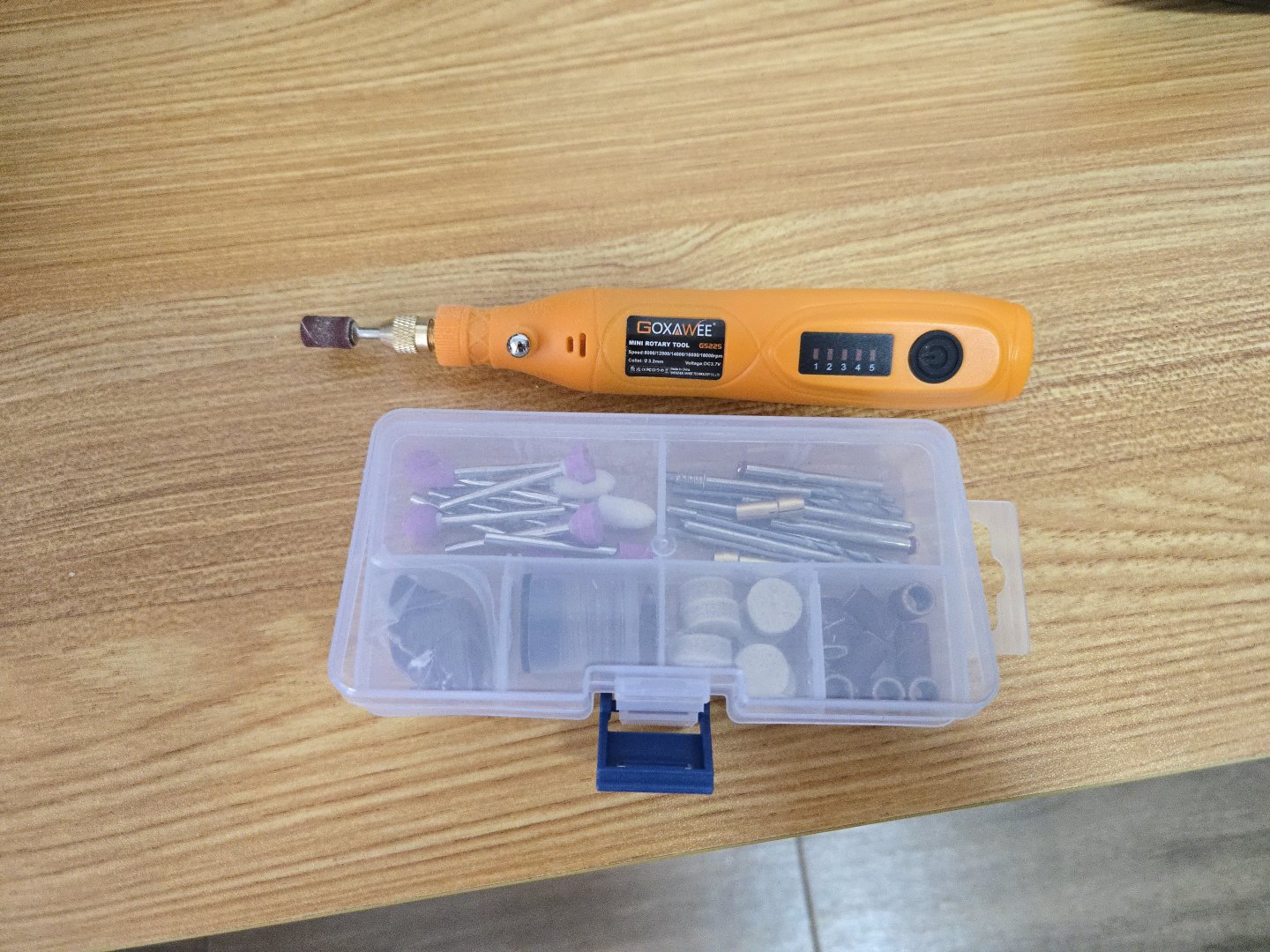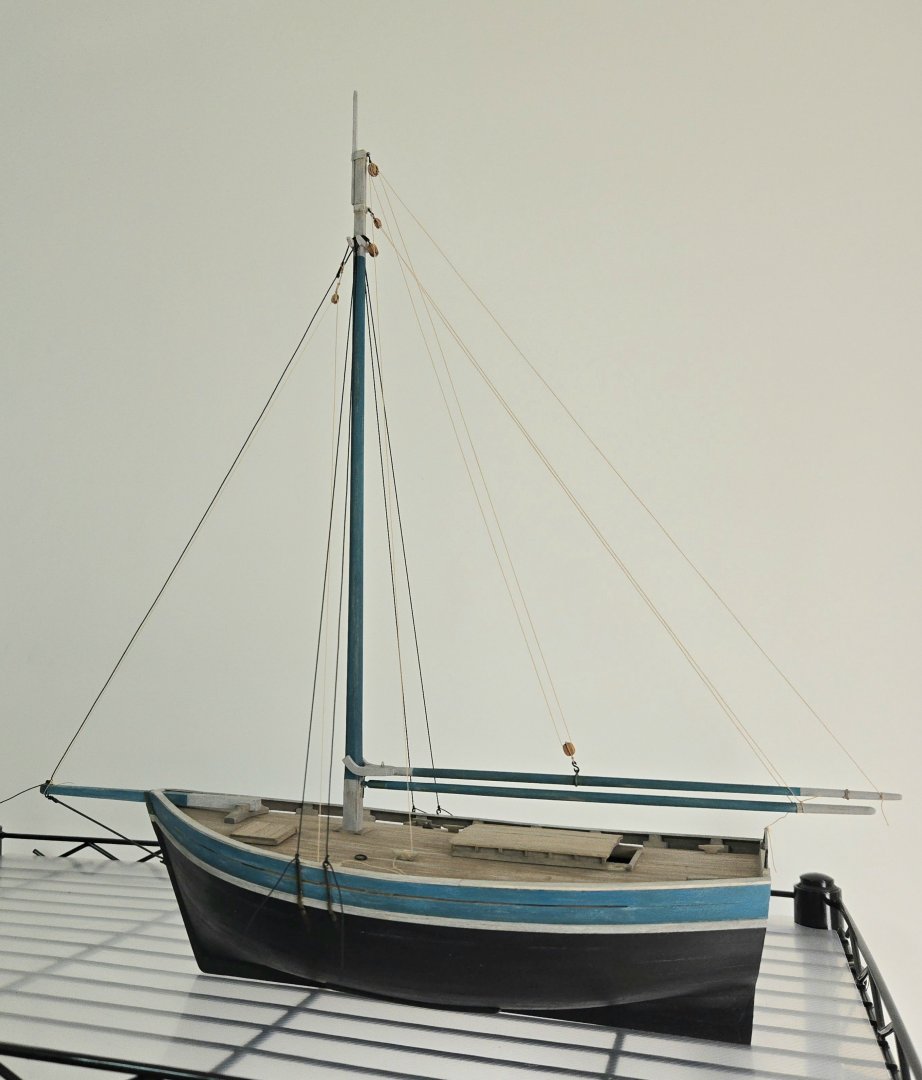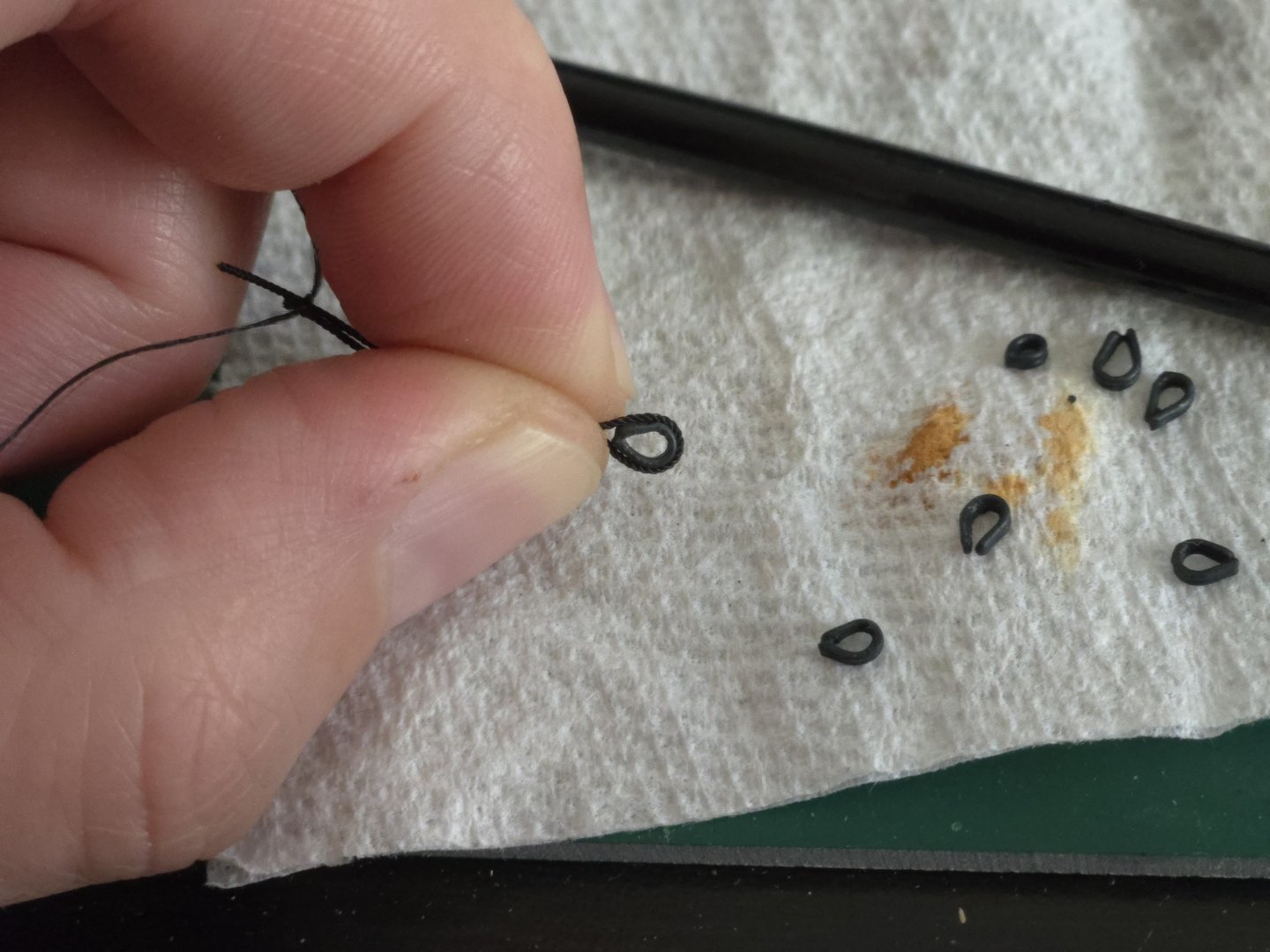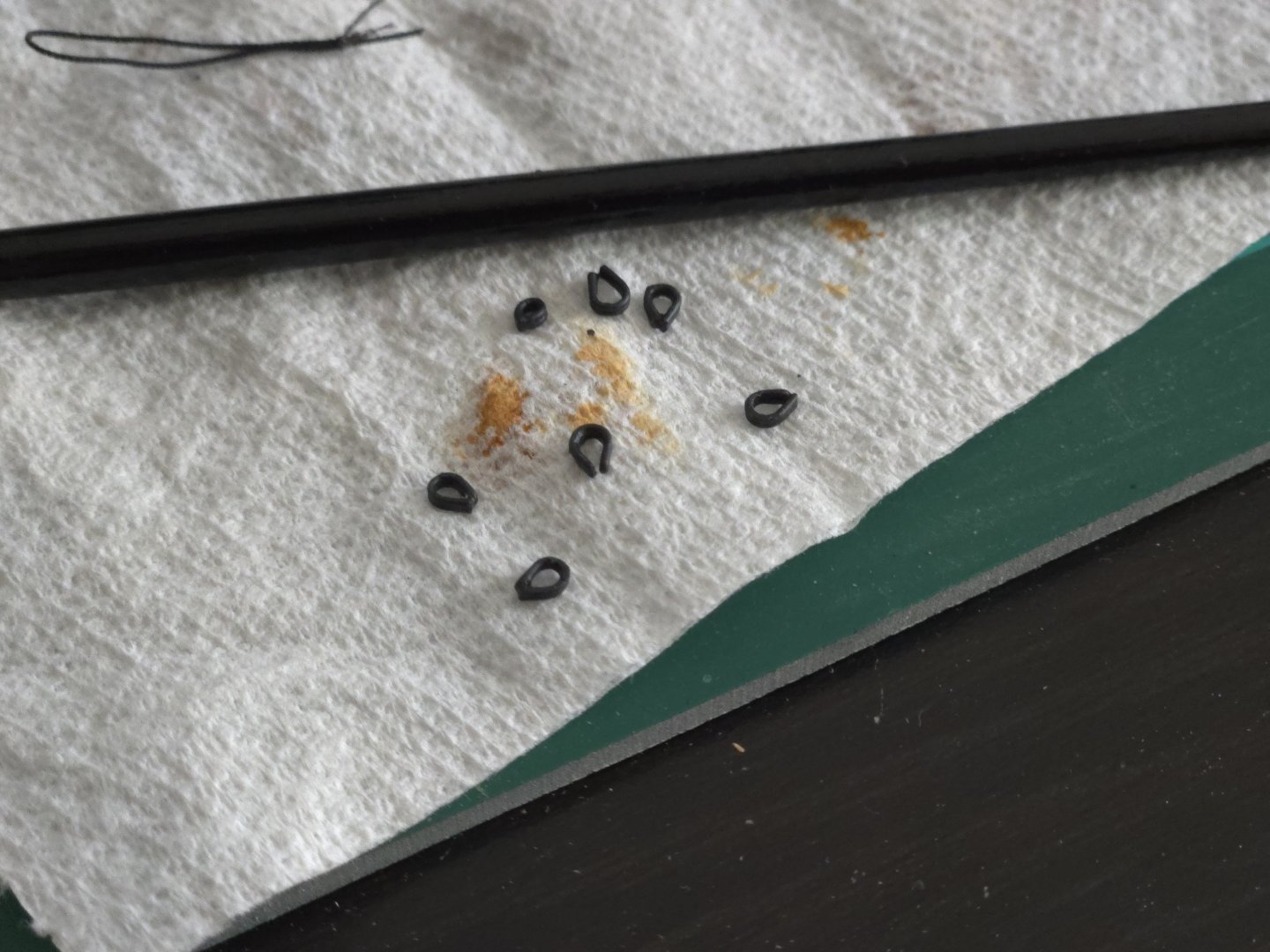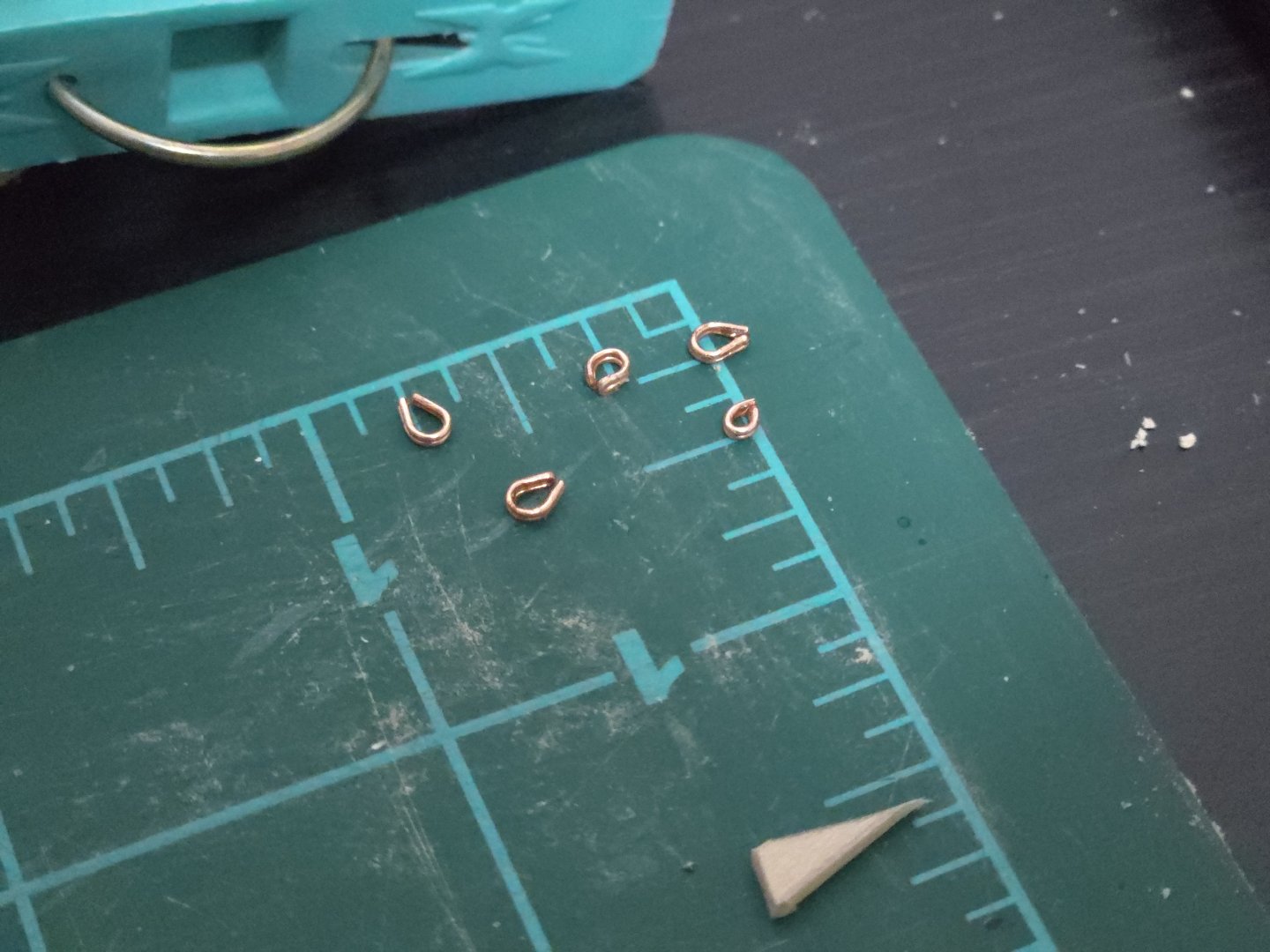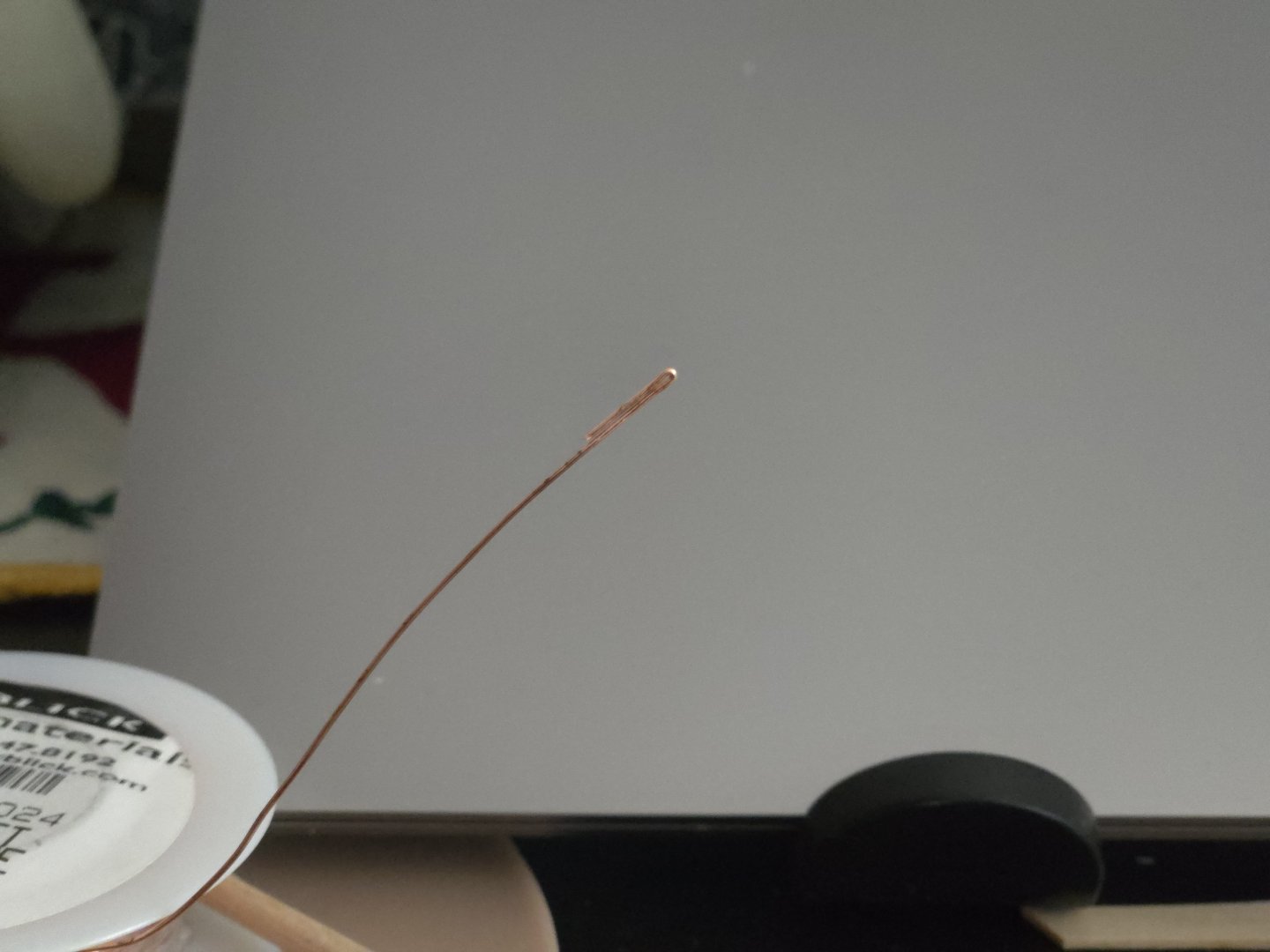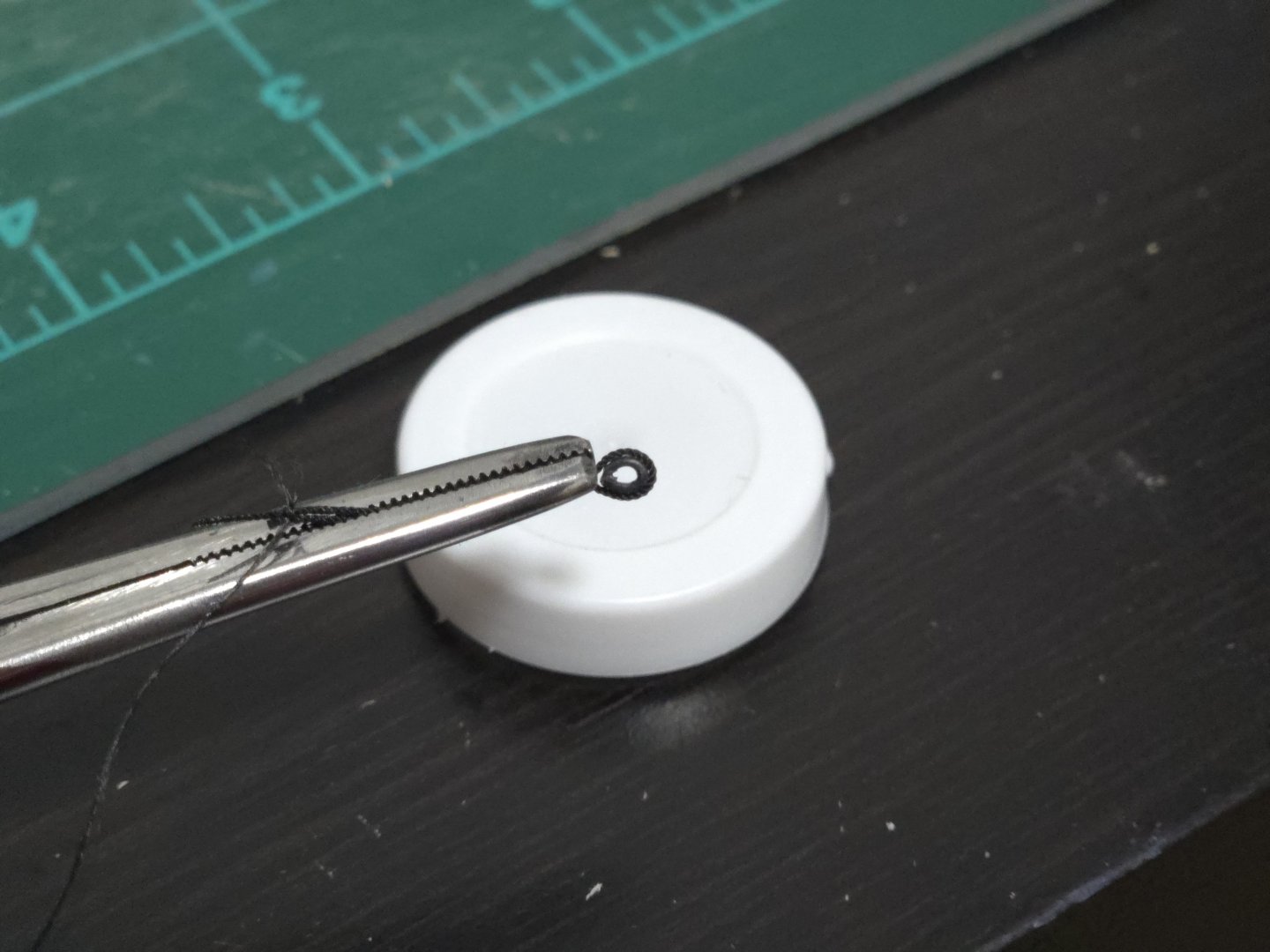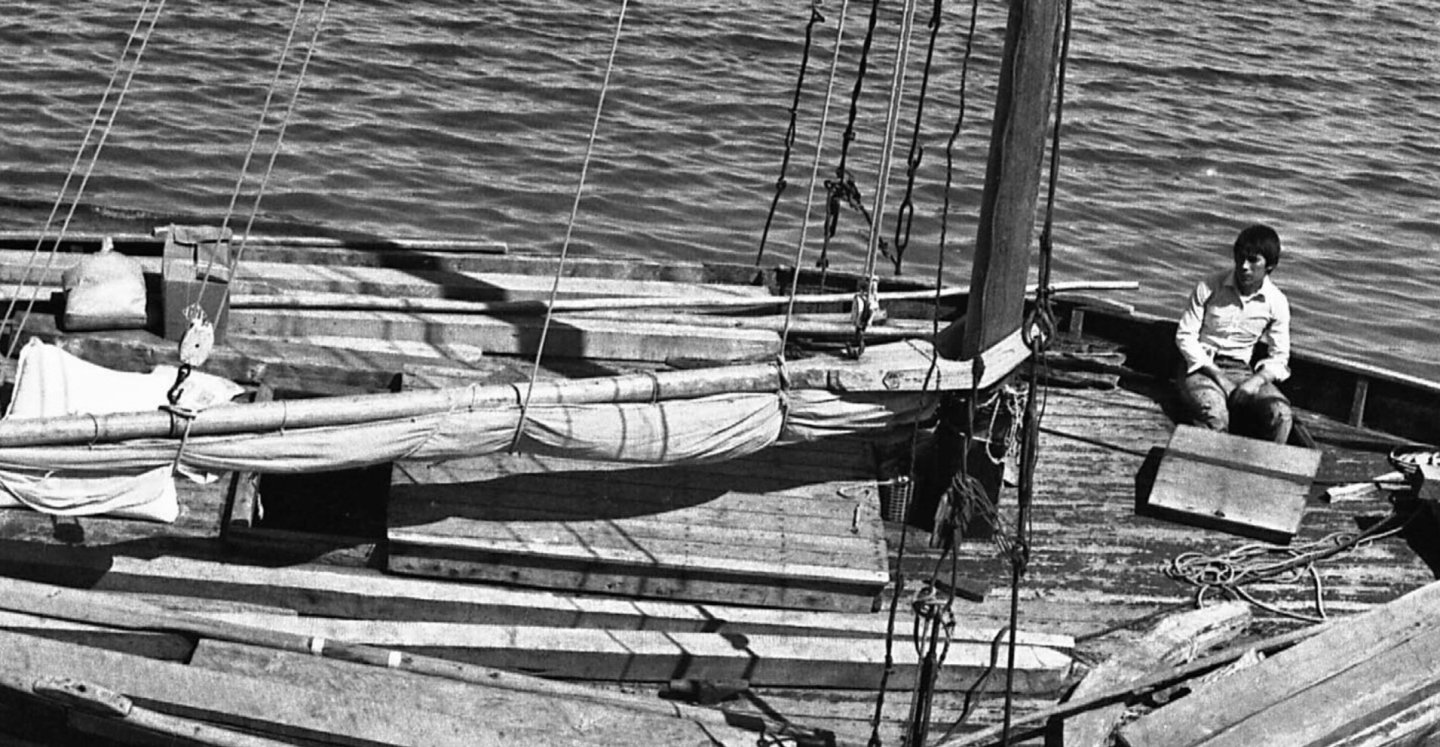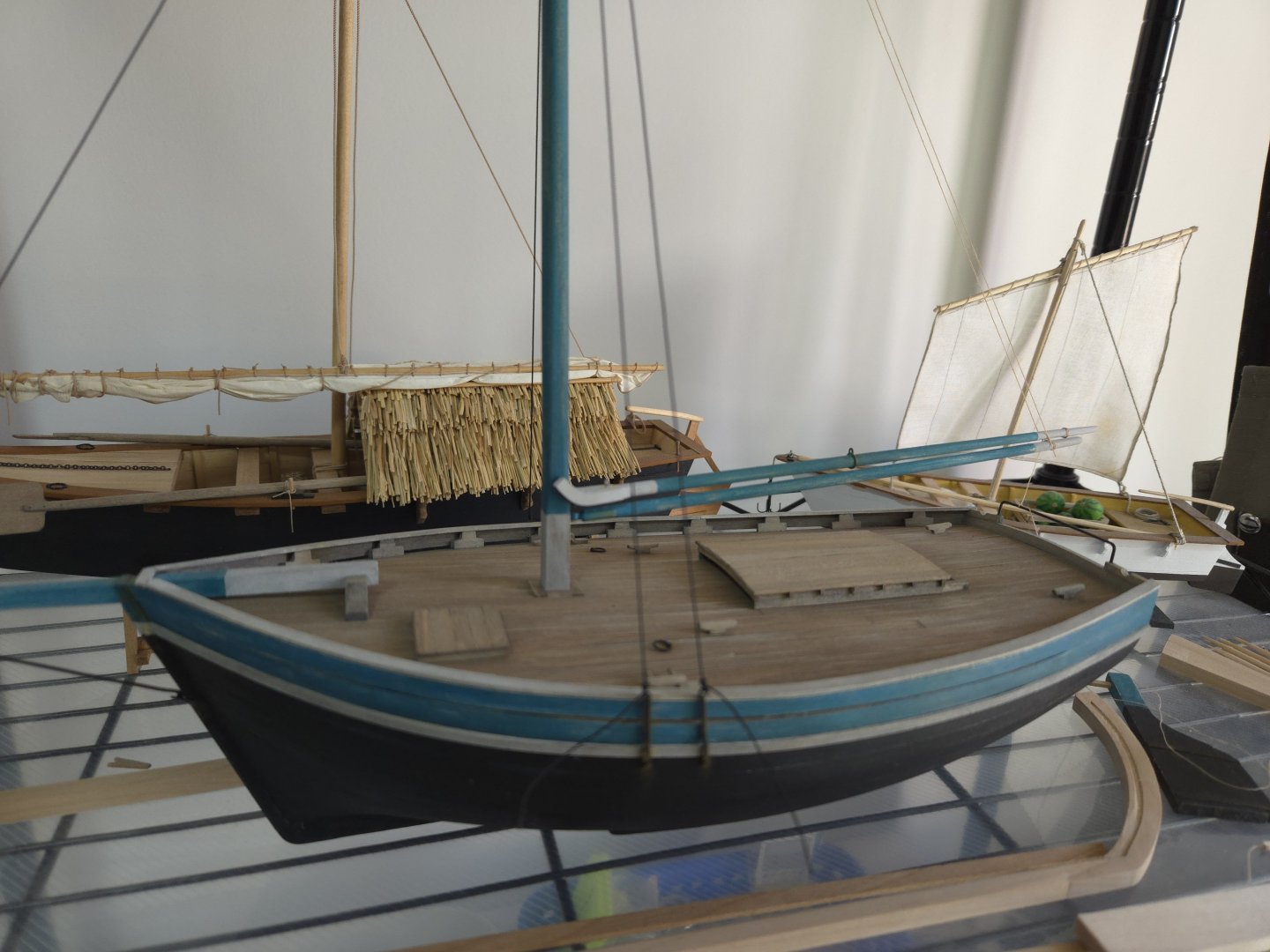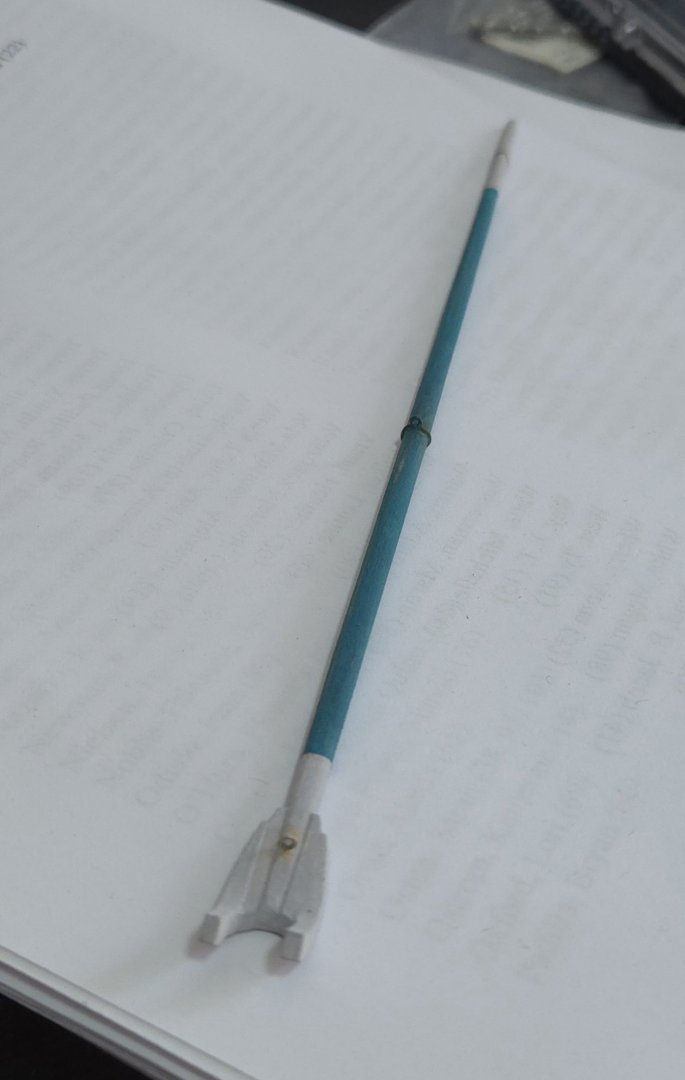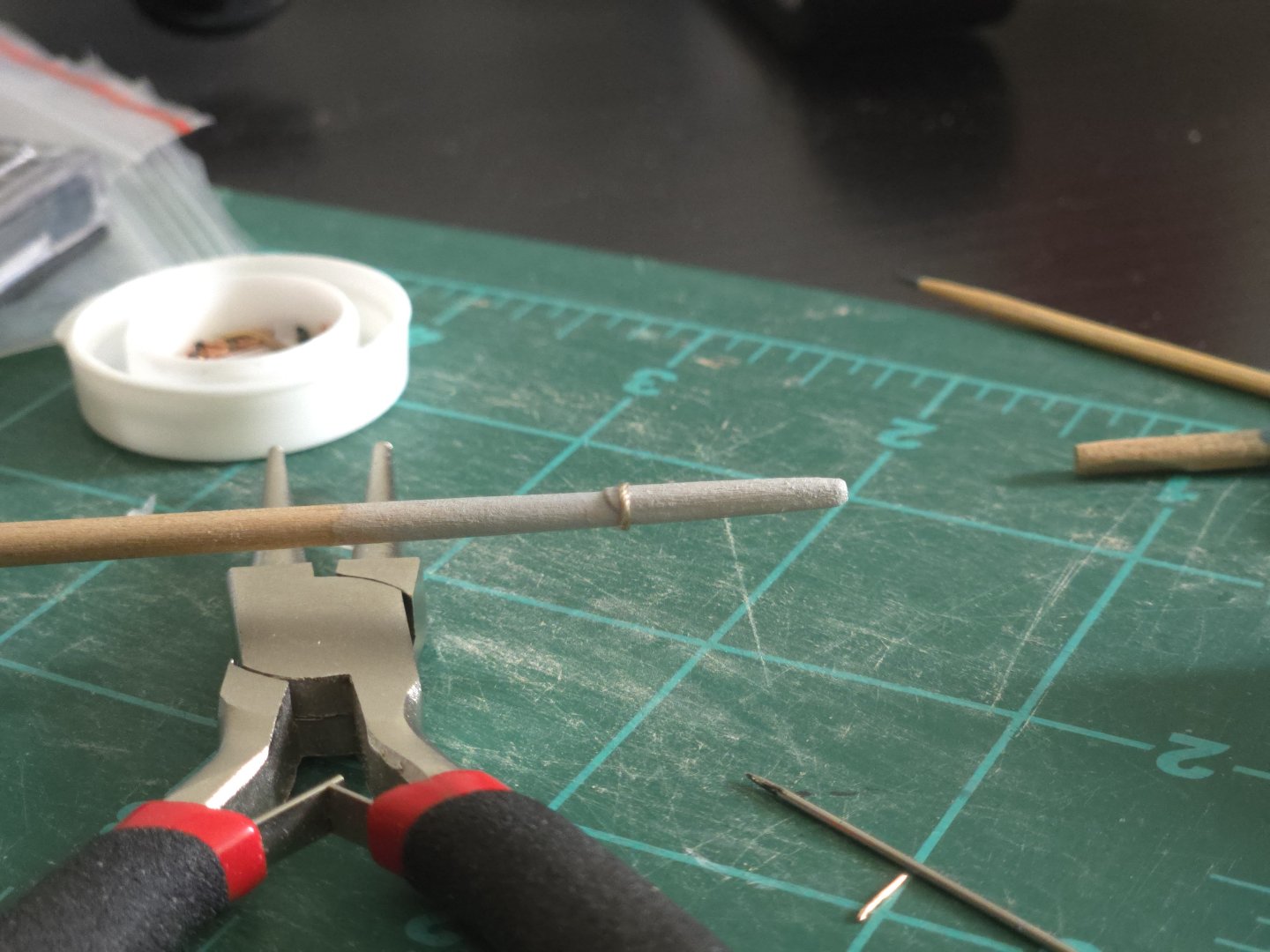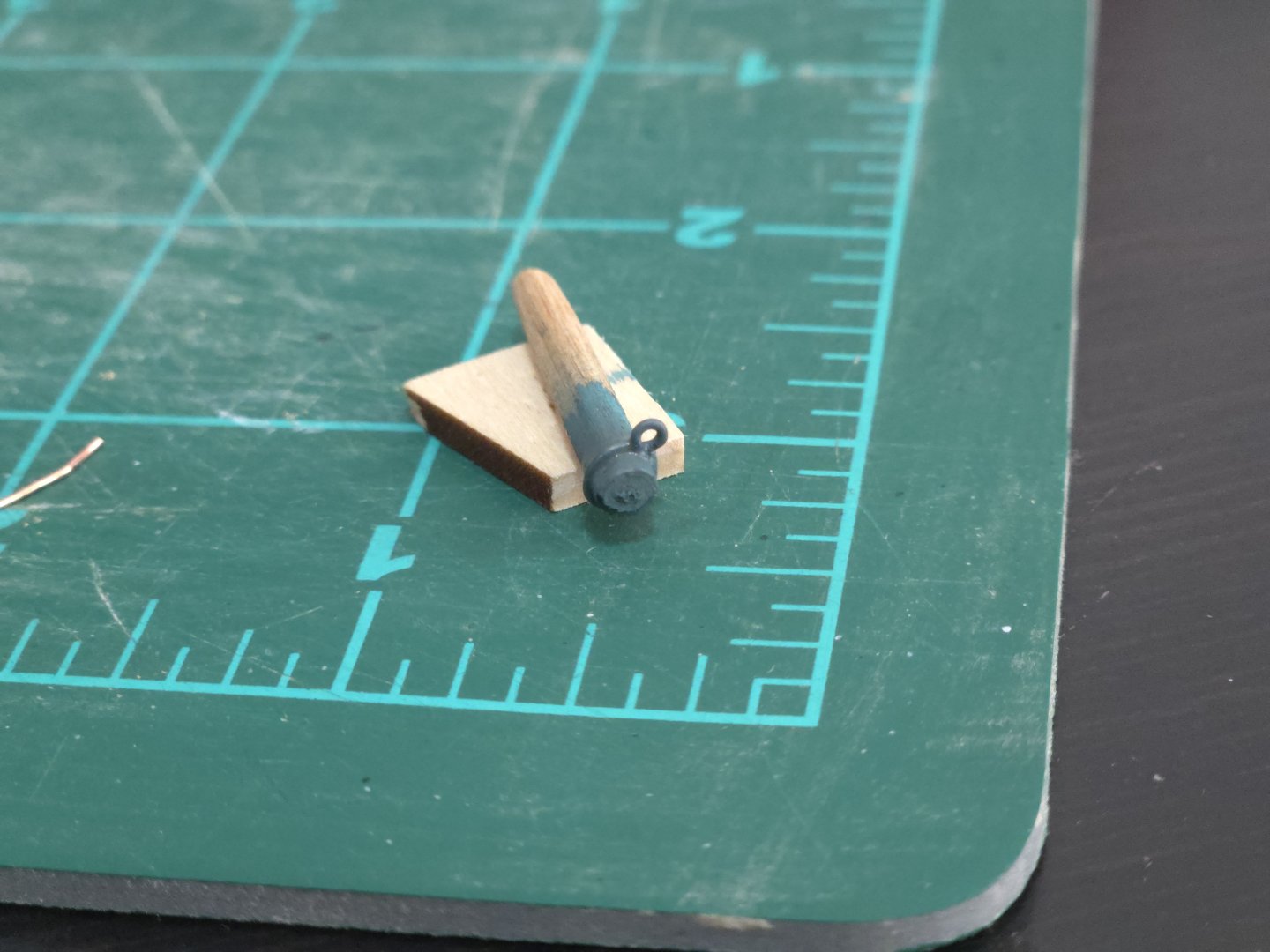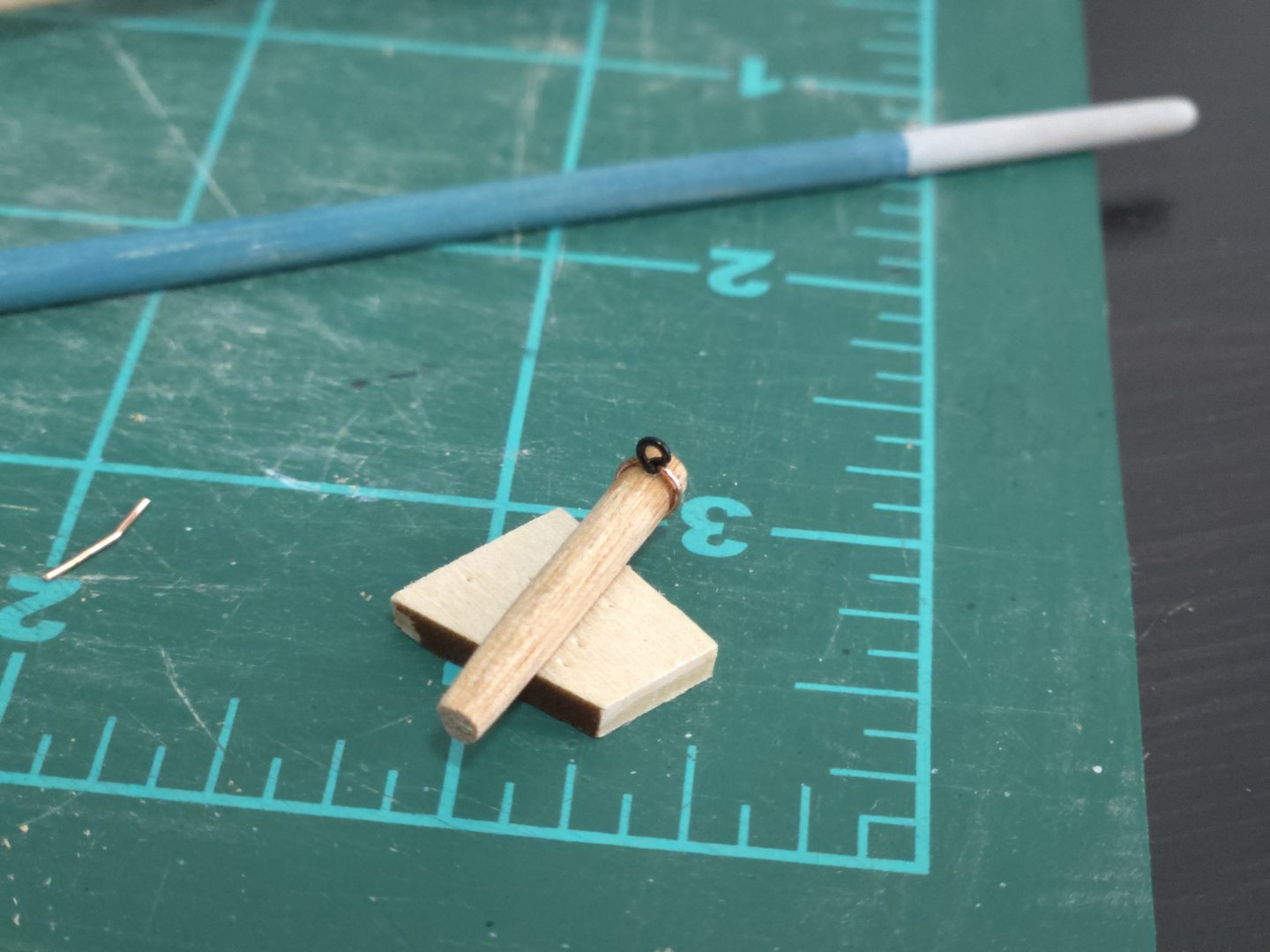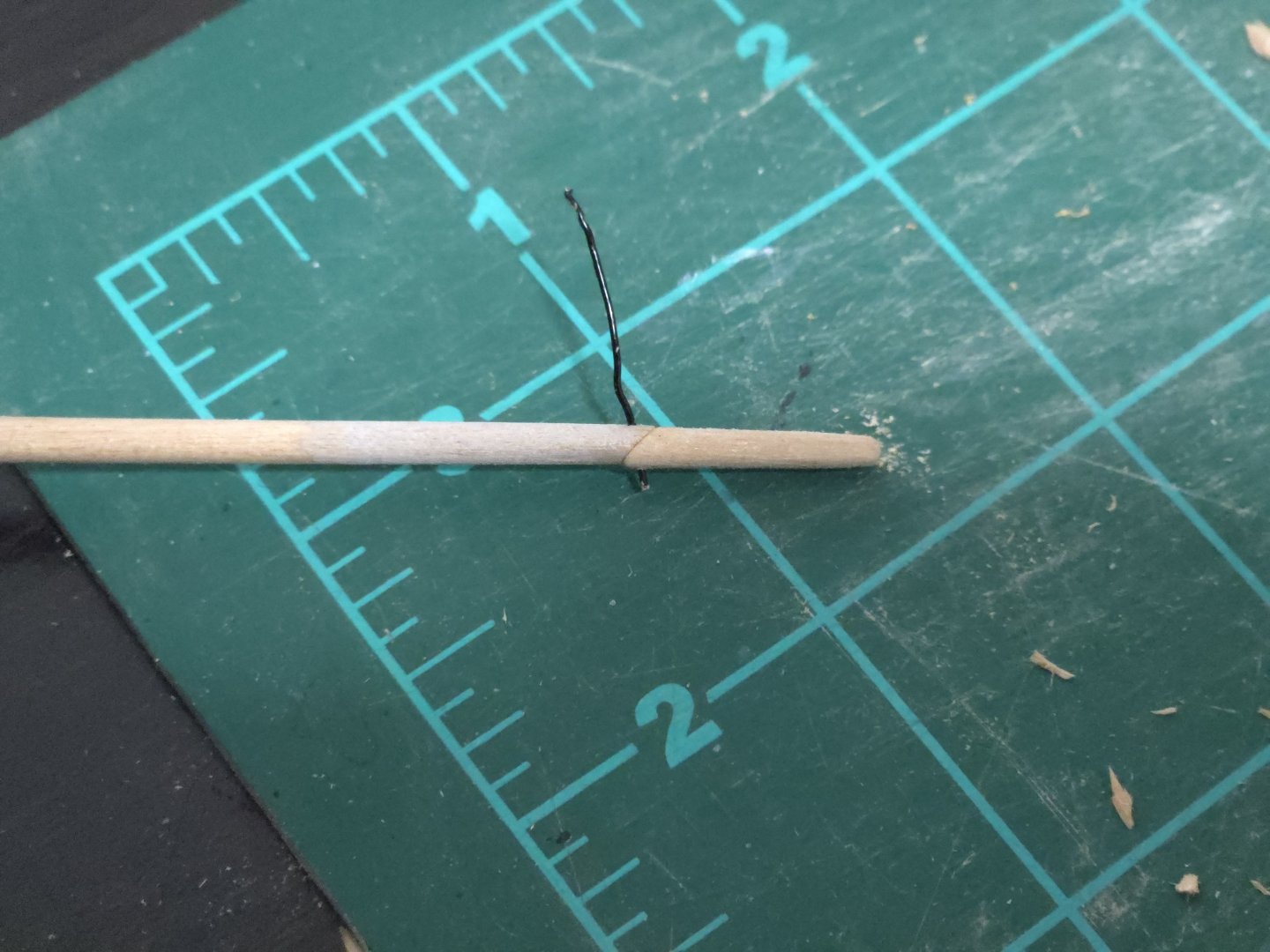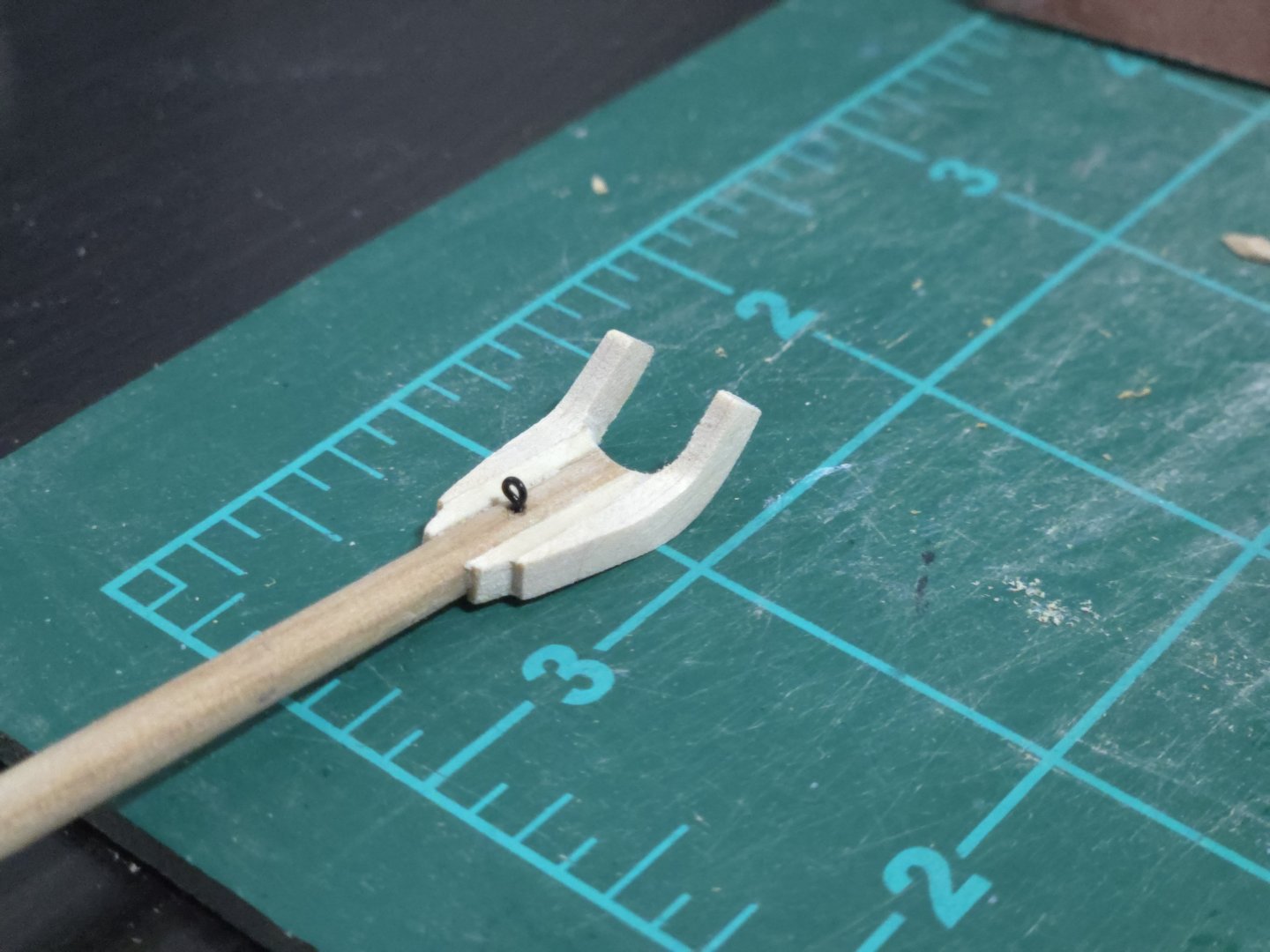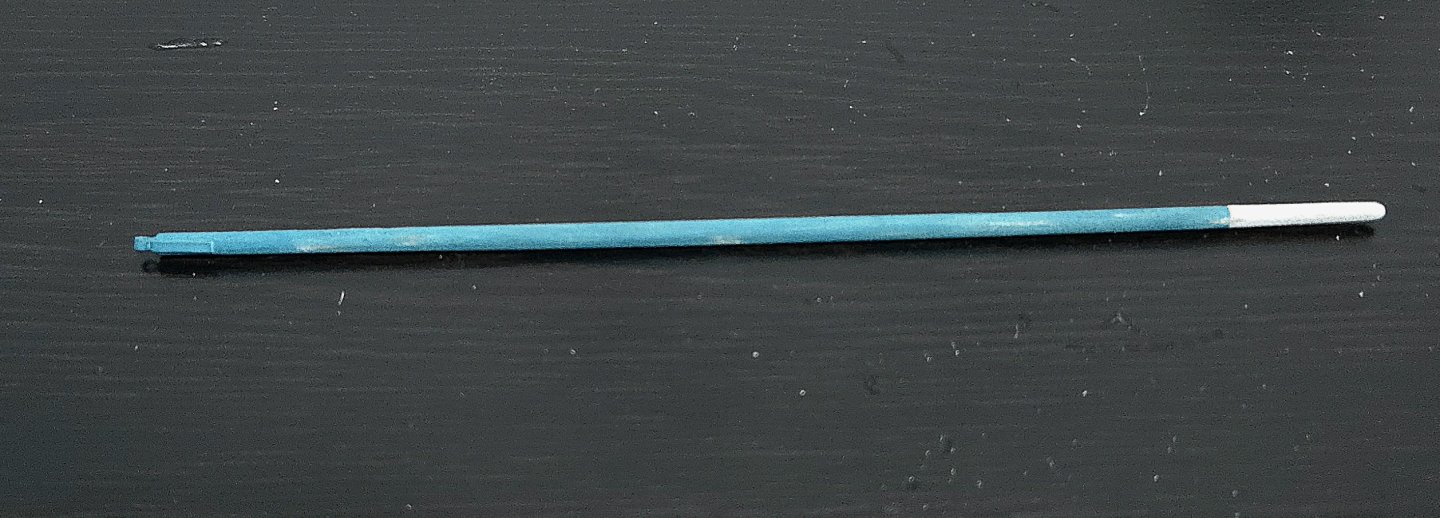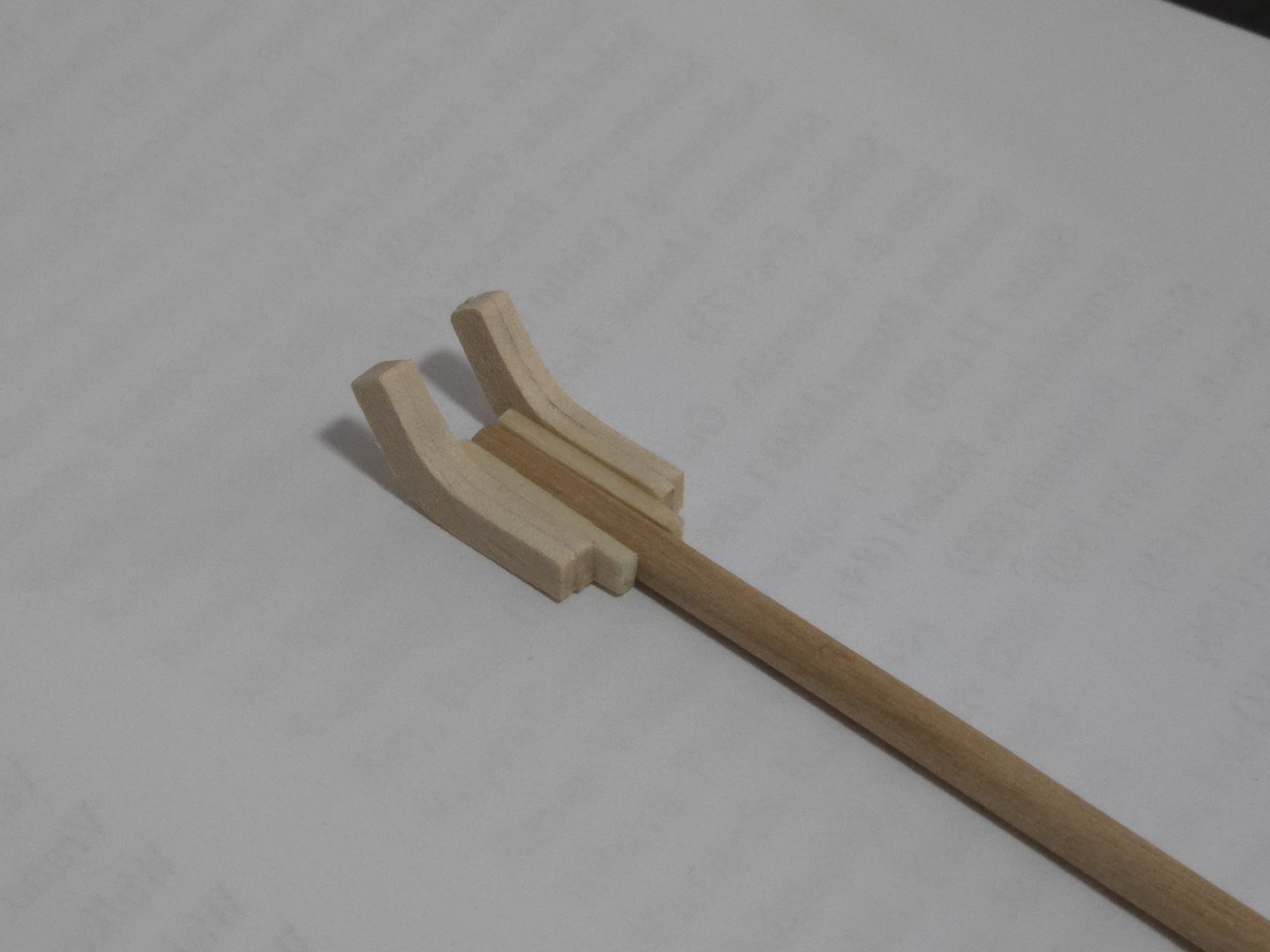-
Posts
1,308 -
Joined
-
Last visited
Content Type
Profiles
Forums
Gallery
Events
Everything posted by JacquesCousteau
-
Excellent information, @Dee_Dee, and your build log on this subject is very interesting--great model! There are a number of differences between the Model Shipways kit and the Chapelle plans. The shrouds are one--I assume they were added to make the kit more of a learning experience for new builders, but they're really more appropriate for a Friendship Sloop. I was also intrigued by Chapelle's statement that most of the centerboard Muscongus Bay sloops were lapstrake planked (although his plan is based in part on a hulk that was carvel-planked), something I haven't seen represented by any model.
-
Welcome!
-
I haven't yet figured out the cant frames, and still need to find longer bolts for the jig, but I've made progress in another area. After some consideration, I decided to buy a small, rechargeable rototool similar to the one @Glen McGuirementioned. I was able to get it going today and found it to be extremely useful. While I previously could sand one part in about 30 minutes, I can now sand ten or more in that time. The parts will still need a final sanding by hand for smoothness, but this still significantly sped up what has to be one of the most tedious parts of modeling. For that, I'm very happy. The tool itself is very simple--you press the power button to cycle through 5 speeds or hold it down to turn it off--and I can see some ways it could be better. It gets a little warm after extended use, which is a good sign to take a break, and the button placement at the back end makes it slightly awkward to turn it off while using. It's definitely not very powerful, although that's not really a problem for what I've been doing--I would hate to accidentally over-sand and ruin a piece. So far I've only used the sanding drum, but it comes with a number of other parts as well. I'm curious to see how the mini saw blade works, although I doubt it will work very well on anything but the thinnest wood. I'm also thinking about making some sort of stand from mdf or something to better hold it steady for a consistent sanding angle. All told, there are certainly much better tools out there, and for all I know this one's going to break tomorrow, but for about 14 dollars, I'm quite happy with what I got and it's already helping quite a bit with this project.
- 133 replies
-
- ancre
- Bateau de Lanveoc
-
(and 2 more)
Tagged with:
-
I think the Internet Archive's borrowing period is just for an hour, so it might be available again soon. Beyond the plan, the written description on the accompanying pages can be useful as well. While you can certainly go for it, this may be a bit of a tricky hull to plank given the overhanging stern. I suspect that the kit planks are not quite to scale in terms of width--you may be able to count planks from a photo to figure out the proper width. If you're going the tapered strip route, instead of cutting spiled planks directly from a wider sheet, you'd probably need thinner strips than the kit includes anyway in order to better edge bend them. Looking forward to seeing how you decide to go about it!
-
Looking forward to following along! If you're looking for inspiration, I'd second the recommendation to have a look at the relevant section of Chapelle. Another potential source would be to look for old photos. While I haven't found many of the Muscongus Bay centerboard sloop, there are quite a few photos of Friendship Sloops, which were deeper-hulled but otherwise quite similar vessels. There are a lot of photos of these--mostly as yachts, but a few as fishing vessels--here, for example: https://penobscotmarinemuseum.historyit.com/search-interfaces/search/digital-collection/0/1/1/1?rq[0]=8639&ip=1
-
Excellent job, it turned out really well! I've been very happy with the rope I've bought from Ropes of Scale, they have a wide range of colors and sizes. I've used it for my Canoa de Rancho and Lancha Chilota builds (although I haven't yet rigged the latter). I've also bought rope from Syren Ship Model Co., which looks to be excellent as well, although I haven't had a chance to use it yet.
- 55 replies
-
- Norwegian Sailing Pram
- Model Shipways
-
(and 2 more)
Tagged with:
-
Thanks, I never would have thought of it on my own. This site is such an excellent resource, I'm amazed by the ingenuity that so many display and very grateful to those who take the time to share their methods.
- 312 replies
-
- Chile
- Latin America
-
(and 6 more)
Tagged with:
-
Thanks, @Jim Lad! A little more progress. I wasn't thrilled with how my flat brass strip thimbles turned out, as they don't have any sort of groove and thus don't really look right. Searching for ideas that could be done with the tools and materials I already have, I saw this post about making thimbles from doubled wire: I thought it was worth a try. It was very simple. First, you fold and double up a little bit of wire: Then you roll it into a loop, trim it, and add a drop of superglue to secure it. The doubled wire creates a small groove. Then it's a simple matter of painting it (note: you'd need to solder if you're planning on blackening rather than painting). The groove is subtle, and its not a huge difference, but I think it was worth it. The thimbles will be stored for now, to be added to the stay and shrouds once I know how long they need to be taking the turnbuckles and hooks into account. Besides that, I also added the peak halyard block (no photos as it's the same process as previous blocks). I also added temporary rigging with a bit of sewing thread to the peak halyard and jib halyard. It's not remotely in scale, but it helps me get a better sense of how the final rigging will go, while also keeping everything together. Meanwhile, I'm procrastinating on making the rudder hinges. I had trouble with these on the Canoa de Rancho build, and in hindsight wish I had gotten less space between the rudder and transom. Making those tight turns in the brass strip is still tricky for me. I should probably try making a simple jig with scrap wood and tiny nails or something...
- 312 replies
-
- Chile
- Latin America
-
(and 6 more)
Tagged with:
-
Very cool! I have vague memories of having seen the Alma over a decade ago, although at the time my interest was more drawn to the larger ships in the museum. What a missed opportunity! Noting the curved sides of this model, I feel like it looks a little less like the Alma, which has very straight sides, and a bit closer to the Robbie Hunter, plans of which are in Chapelle's National Watercraft Collection book. Although I don't know how the scale would match up. Another source you may want to look into is Roger Olmstead's "Scow Schooners of San Francisco Bay". It may be available as an interlibrary loan. I know there are a few articles on scow schooners available from the Nautical Research Journal, too.
- 37 replies
-
- San Francisco Bay Scow Schooner
- Scow Scooner
-
(and 1 more)
Tagged with:
-
Thanks, all! It's great to know that I inadvertently made something more accurate than I thought, how often does THAT happen?
- 312 replies
-
- Chile
- Latin America
-
(and 6 more)
Tagged with:
-
It's been a little while, as I was traveling and then had a very hectic week and weekend, but I've made a bit more progress. When I left off, the boom had been made but was unpainted, and I had made a new spar for the gaff. I first painted the boom. Initially I wanted to have gray-white at both ends, but the thin gray I was using had a very hard time covering the primer I sprayed over the metal gooseneck at the fore end, so I ended up only adding gray at the aft end. On the gaff, I needed to fabricate jaws that would not just wrap around the mast, but curved upward. Most lancha photos that I've seen had upward-curving jaws, although a few had flat ones, but I think the curve looks nicer. An example is shown below; I particularly liked the "stepped" design of the aft end of the jaws. Source: https://www.flickr.com/photos/luchinmardones/5232587713/in/album-72157625422798225/ It took me a while to figure out how to best handle this. Rather than carve the jaws from a much thicker piece of wood, which seemed like it would be very challenging to get even, I decided to build them up from multiple layers of easily-cut 1/16‐inch basswood sheet. I made them a bit oversized, as seen below, in order to sand and file them into an even final shape. A lot of shaping later, and I had jaws I was happy with. I also added the eyebolt for the throat halyard block. Meanwhile, I wanted to replicate an example of a lancha where a small extension had been added to the end of the gaff, either to repair a damaged tip or as a post-hoc effort to change the sail shape slightly. (The photo, which is of the lancha Quenita, is shown in a few earlier posts). To do this, I cut the tip and a bit of scrap spar at a 45-degree angle and glued them together. I then drilled a hole between them and threaded a bit of wire through to strengthen the joint, shown below before trimming the wire: I then painted the tip and added a small lashing. Finally, I needed to add the connection point for the peak halyard block. On some lanchas this seemed to just be a rope, but on many it was a metal ring, apparently with a small eyebolt on it (see the photo of a real lancha shown above for an example). Given that I don't have a soldering iron, or know how to solder, I wouldn't be able to make a closed loop, and I didn't want to make something weak as there would be a bit of pressure on it. I decided to get creative and fake it, drilling an eyebolt directly into the spar, adding a ring around the spar, and disguising the joint with glue and then paint. I tested it on a bit of scrap spar cutoff--below, you can see that the ring and eyebolt are two separate pieces. And after painting (just with primer). I was happy with the results and decided to keep with this method for the gaff. Finally, I painted the gaff, dry-brushed a dash of "rust" around the metalwork, and sanded and scraped the spar for a weathered look. Finally, we can see the gaff resting on the boom (which is held up by temporary lifts). I think I should still add a dark wash over the gaff and boom to tone down the gray-white a bit, especially at the jaws. The photo also gives a sense of the size difference between the lancha and the canoa(s). I should note here that I'll need to remake the gooseneck pin, as my initial brass rod one proved too thick once painted to fit through the eyebolts. I also attempted to make a convincing forward hatch prop from some scrap alder. However, it looked bad, almost immediately fell into the hatch and took a lot of time to fish out, and then disappeared from my desk (maybe I threw it out on accident?) before I could take a photo. Ah well, the next one will be better.
- 312 replies
-
- Chile
- Latin America
-
(and 6 more)
Tagged with:
-
Looks like a fun build! Adding a planked deck is a great idea, just don't forget to take into account the extra thickness/height when continuing with the build.
- 37 replies
-
- San Francisco Bay Scow Schooner
- Scow Scooner
-
(and 1 more)
Tagged with:
-
Thank you! Glad to hear you found my comments helpful, I'm looking forward to seeing how your own build progresses. Looking back on this build, I really quite like the kit and appreciate how it takes the time to teach an effective planking method, and builds into a great display, as well.
- 82 replies
-
- half hull planking project
- half hull
-
(and 2 more)
Tagged with:
-
Excellent job, the finish looks great! And good call on the color for the carbon fiber sections.
- 47 replies
-
- Annapolis Wherry
- Chesapeake Light Craft
-
(and 1 more)
Tagged with:
-
Very nice work, the hull's coming along great!
- 90 replies
-
- Friendship Sloop
- bluejacket shipcrafters
-
(and 1 more)
Tagged with:
-
Nice work! Interesting overhang on the front of the deckhouse roof.
- 121 replies
-
- Lucia A Simpson
- AJ Fisher
-
(and 1 more)
Tagged with:
-
Nice work! Taking your time with fairing the hull will definitely pay off later.
- 25 replies
-
Hi Pablo, greetings from Mexico City. It doesn't look like Jerry has posted for a long time so I'm not sure if you'll get a response. There's a very detailed discussion of topsail schooner rigging at this thread: You also might look at the recommendations in this thread:
About us
Modelshipworld - Advancing Ship Modeling through Research
SSL Secured
Your security is important for us so this Website is SSL-Secured
NRG Mailing Address
Nautical Research Guild
237 South Lincoln Street
Westmont IL, 60559-1917
Model Ship World ® and the MSW logo are Registered Trademarks, and belong to the Nautical Research Guild (United States Patent and Trademark Office: No. 6,929,264 & No. 6,929,274, registered Dec. 20, 2022)
Helpful Links
About the NRG
If you enjoy building ship models that are historically accurate as well as beautiful, then The Nautical Research Guild (NRG) is just right for you.
The Guild is a non-profit educational organization whose mission is to “Advance Ship Modeling Through Research”. We provide support to our members in their efforts to raise the quality of their model ships.
The Nautical Research Guild has published our world-renowned quarterly magazine, The Nautical Research Journal, since 1955. The pages of the Journal are full of articles by accomplished ship modelers who show you how they create those exquisite details on their models, and by maritime historians who show you the correct details to build. The Journal is available in both print and digital editions. Go to the NRG web site (www.thenrg.org) to download a complimentary digital copy of the Journal. The NRG also publishes plan sets, books and compilations of back issues of the Journal and the former Ships in Scale and Model Ship Builder magazines.





